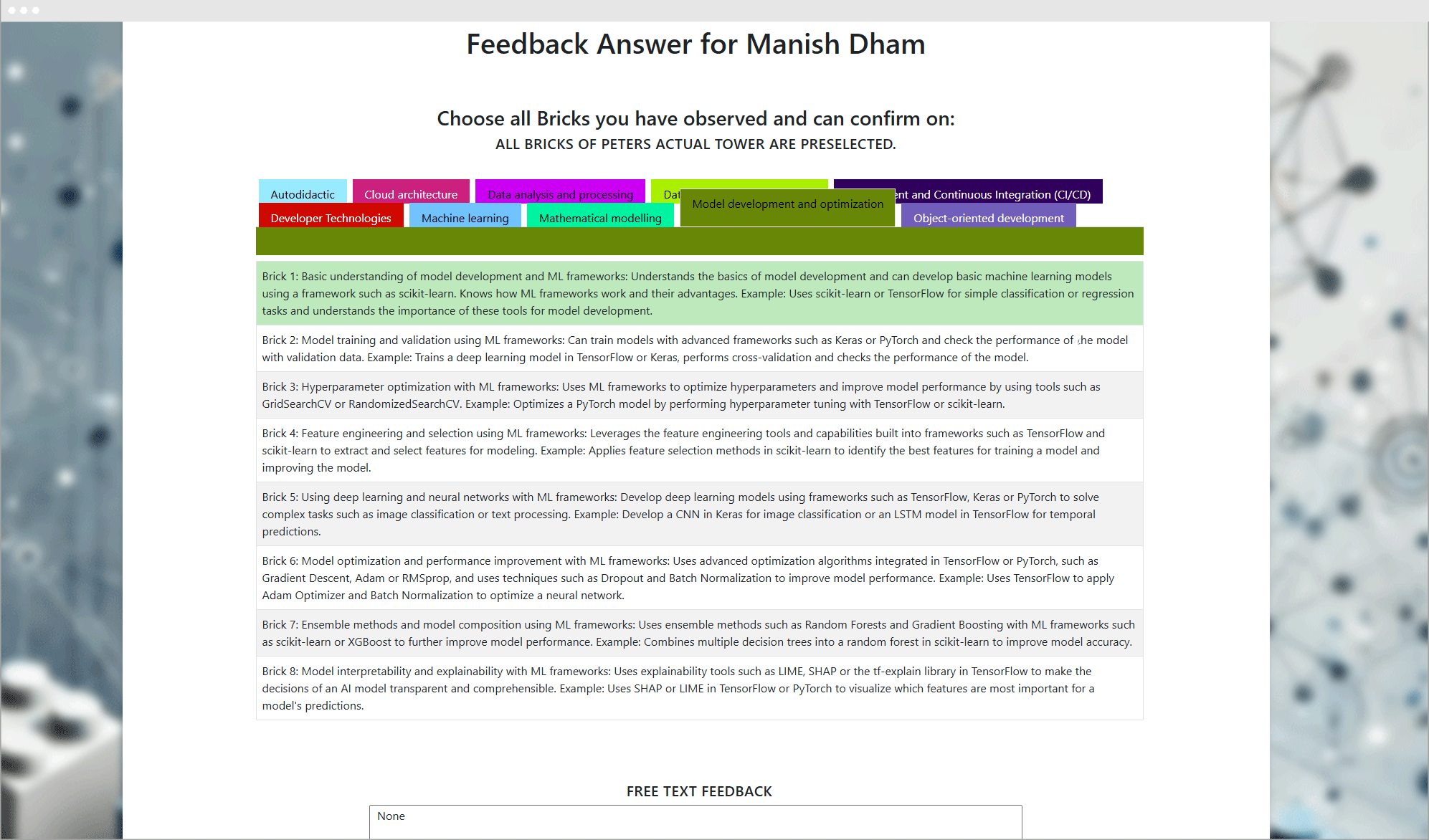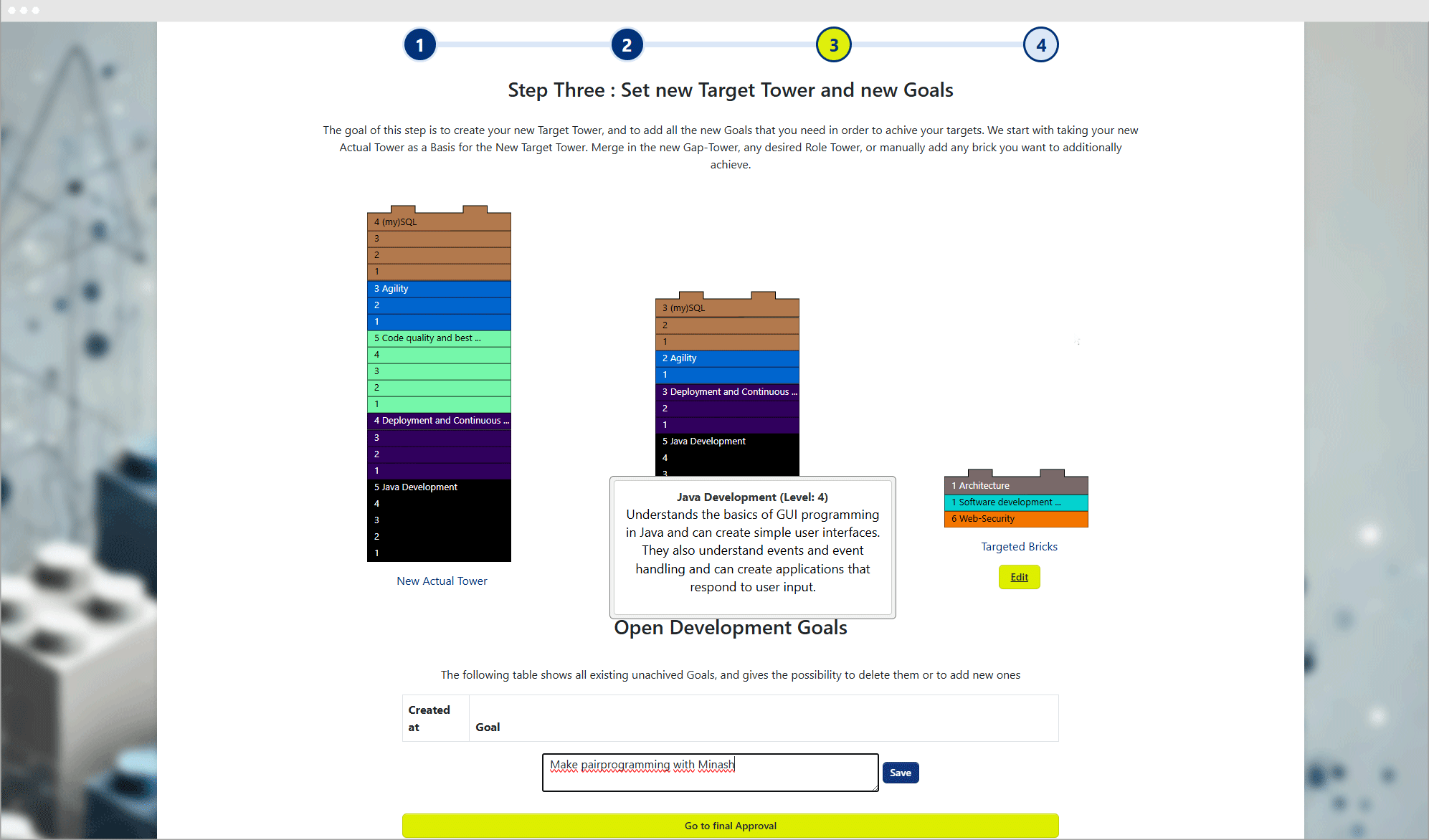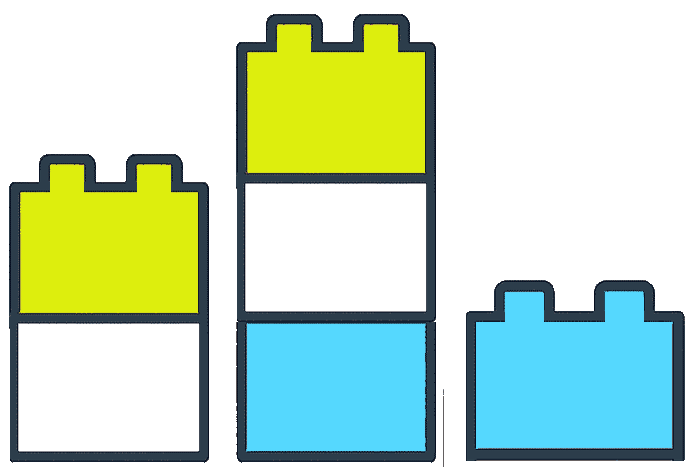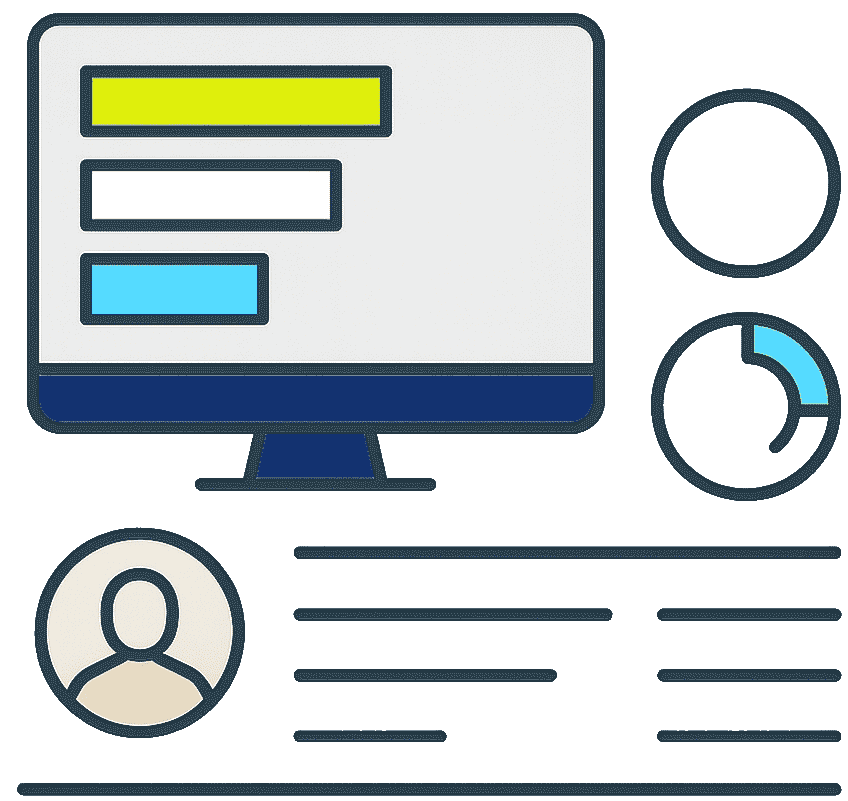
From a chore to a fun and easy routine!
How mySkilltower helps to organize feedback discussions, using a fictitious example.
"My name is Peter, and I've been with the company for seven years. Three years ago, I became head of department and am responsible for 15 developers. Once a year, HR forces me to hold “target meetings” with my people. But they are organized agilely in different teams and I don't see them at all in day-to-day business. So I have to talk to their colleagues to get a picture, which is very tough, exhausting and not comprehensive."

The initial situation: Unclear picture of the performance and skills of the employees
Overview only possible through “office grapevine” and conversations with colleagues Peter relies on unofficial conversations in the office to get an impression of his employees. There is a lack of structured, documented feedback.
Feedback depends on the recipient's interpretation Statements such as “Manish does a good job” are subjective. Whether this means: “He is reliable”, “has a lot of impact” or “is simply nice” remains open.
Feedback is filtered and subject to selective perception Colleagues usually only report positive things or what comes to mind spontaneously. Critical points or specific examples often go unnoticed - depending on the relationship and the courage to be honest.
Peer feedback is unstructured and difficult to compare Many peers, many opinions. But most of them do not follow a standardized format. They have to be weighted, weighed up and interpreted.
High manual effort Feedback is like a jigsaw puzzle where not all the pieces fit. Instead of gaining clarity, new work is created: reading, interpreting, translating and structuring feedback - and yet uncertainty remains.

Keeping an eye on feedback

"I can keep an eye on everything in the team overview when the feedback is running. I can see how many colleagues have already responded, when the last round was and so on. I can also easily start a new round from here. I now start them asynchronously, which takes the pressure off the company as a whole."

Gathering feedback
"Thanks to myskilltower, I can now save myself the hallway conversations. Peers give me quick and uncomplicated feedback on my employees. There are no more hallway conversations or deadline pressure for the peers. They can simply leave their feedback in the tool when there is time. "I can keep an eye on everything in the team overview when the feedback is running. I can see how many colleagues have already responded, when the last round was and so on. I can also easily start a new round from here. I now start them asynchronously, which takes the pressure off the company as a whole."


Submit feedback

"The peers can now give clear feedback without much effort. In addition to the clear structure for the skills, there is also a free text field for further comments and feedback."

Evaluating feedback
"The development talk is now much more structured! I can see at a glance how many of the peers confirm the skills and can recognize them accordingly. This means we hardly have any discussions. This saves a lot of time, so we can concentrate fully on future personal development. The interview finally has real added value, and that's just great!"


Define goals

"Depending on the length of the iteration, we decide on two or three new bricks and discuss how we can achieve them. The tool's suggestions help us with this. In addition to skill development, we often set one or two additional goals, such as attending a trade fair or passing on knowledge."

My conclusion as an executive
Focus on further development I used to have to painstakingly gather information about my team members - through hallway conversations, project feedback and personal impressions. Now, structured peer feedback gives me a well-founded, broad-based assessment of their current skills. The big advantage: I don't just see what someone says about their own skills, but also how colleagues from different teams assess them - and in a standardized way along specific skill bricks. This gives me a realistic picture of the current status within a short space of time. Instead of spending months observing or interpreting individual statements, I now know quickly and clearly where someone stands - regardless of whether it's about Java, test automation, communication or security. And that is the basis for everything else: Only those who know the ACTUAL state can plan real further development. → This is how target discussions become development discussions.
Standardized data - individual decisions Although I now have structured peer feedback, the decision-making authority remains with me as a manager. The tool does not provide rigid automatisms, but a sound basis for real leadership. I can therefore decide in discussion with the employee: Is a brick confirmed or not yet? Is the feedback consistent with what I have observed myself? Is the timing right for the next step - professionally or personally? This balance of objectivity and individual assessment is ideal for me: 🔹 I don't lose control - but I gain clarity. 🔹 I can differentiate - without gut feeling or arbitrariness. 🔹 And I can encourage - with a sense of proportion, but based on facts. The system supports me, but it doesn't replace me.
Career planning becomes tangible and measurable In the past, career goals often sounded like empty promises: “You should develop towards senior” - but nobody knew exactly what that meant or when it would be achieved. Now it's clear which bricks are missing on the way to the next career step and what specifically needs to be done to achieve this - whether it's technical skills, soft skills or overarching competencies. Example: If someone wants to go in the direction of “Java Senior Developer”, I can see → which bricks have already been confirmed in the areas of architecture, test strategy or mentoring, → and which are still open - in the areas of security or DevOps, for example. This makes the conversation much more concrete: We don't talk about roles, but about skills. We plan measures - e.g. suitable Udemy courses or internal training - and can later track progress. This motivates both sides: Employees know what they are learning for - and I can see real progress.
Less effort - more impact I used to have to invest a lot of time to prepare target meetings in a meaningful way: Asking for feedback, sorting, evaluating - and still a lot remained vague. Now I get a clear overview from the tool, can see at a glance where someone stands - and can start the conversation immediately. Instead of two hours of preparation and follow-up, I need maybe 20 minutes - and the conversation itself is much more focused. → Efficiency instead of paperwork.
Greater acceptance in the team Discussions are taken more seriously - and that changes everything Target meetings used to have a bad reputation: “It's no use anyway”, “it's just a compulsory exercise”. Now my employees come prepared, interested - sometimes even with concrete ideas. Why? Because they see for the first time that it's not about personal assessments, but about well-founded, collective feedback and tangible development paths. → This creates trust and motivation.
More clarity - less discussion I can now explain much better why I make certain assessments - because I no longer make them alone. The peer feedback is a mirror from the team - several perspectives, the same structure, comparable statements. This means I no longer have to “justify” why I see something one way or another. → That takes the pressure off me - and makes the discussions more constructive.
A clear view of the team I can see the skills profile of my department like never before With mySkilltower, I have an aggregated view of my people's skills - brick by brick, topic by topic. I can see where we are strong as a team, where there are gaps, which topics are underrepresented - and can make targeted plans: project staffing, internal training, mentoring - or even hiring. → This changes my role: I don't just develop people, but the entire team.

"My Development Meetings are no longer an annoying chore, but have become a real added value! By saving time, I can now offer the meetings several times a year, which makes them even more valuable."
The result
Simplicity
Structured, clear and fast feedback from colleagues!

Focus
Quick alignment of achieved goals and focus on development!

Career Development
Specialists are developed in a targeted manner. The skills shortage is filled internally.

Our features
mySkilltower is characterized by powerful features aimed at personnel development. From skill analyses, individual skill towers and demand towers, our platform offers a comprehensive toolbox for employee development.

👥 Peer & manager feedback
Structured feedback process for valid assessments including target achievement and formulation.

🔍 Target/actual comparison
Compare current status with requirements for your own role, the next career stage or a lateral move

🗂️ Role tower & career paths
Standardized and adaptable role profiles enable structured career models and internal development paths.

🔧 Integrable further training resources
Link internal training courses, online courses or external offers directly with skill bricks.

📊 Skill-Dashboard
Overview of skills, gaps and potential at employee and company level.

🧱 Skills & Bricks
Granular representation of skills in development stages for precise support planning.
FAQ
What is a skill tower?
Our skill towers consist of different skills (abilities/competencies). The skills have different bricks (development levels/special skills). A skill tower consists of the bricks of the different skills. Each ability has its own color.
What is a ROLE Tower?
The ROLE tower is stored for each role (eg Marketing Manager) and its levels (eg Junior/Senior) and represents the skills required for each role. Every employee in the company is assigned at least one role. To see the different roles in the company, you can click on "Roles & Levels" and then select the relevant role.
What is the "IST Tower"?
The Actual Tower reflects your current skills and their building blocks. It can be created in a variety of ways. It can be created by your manager, you can create it yourself, and there is also the option of having selected colleagues provide their assessments. This depends on your internal processes.
What is a TARGET Tower?
The TARGET Tower is your current tower plus building blocks you want to acquire. It is usually created in a conversation with your manager. The exact process depends on what your internal processes look like. The TARGET Tower is usually based on a ROLE Tower you want to achieve. It can be seen as an intermediate step.







